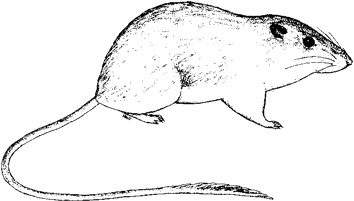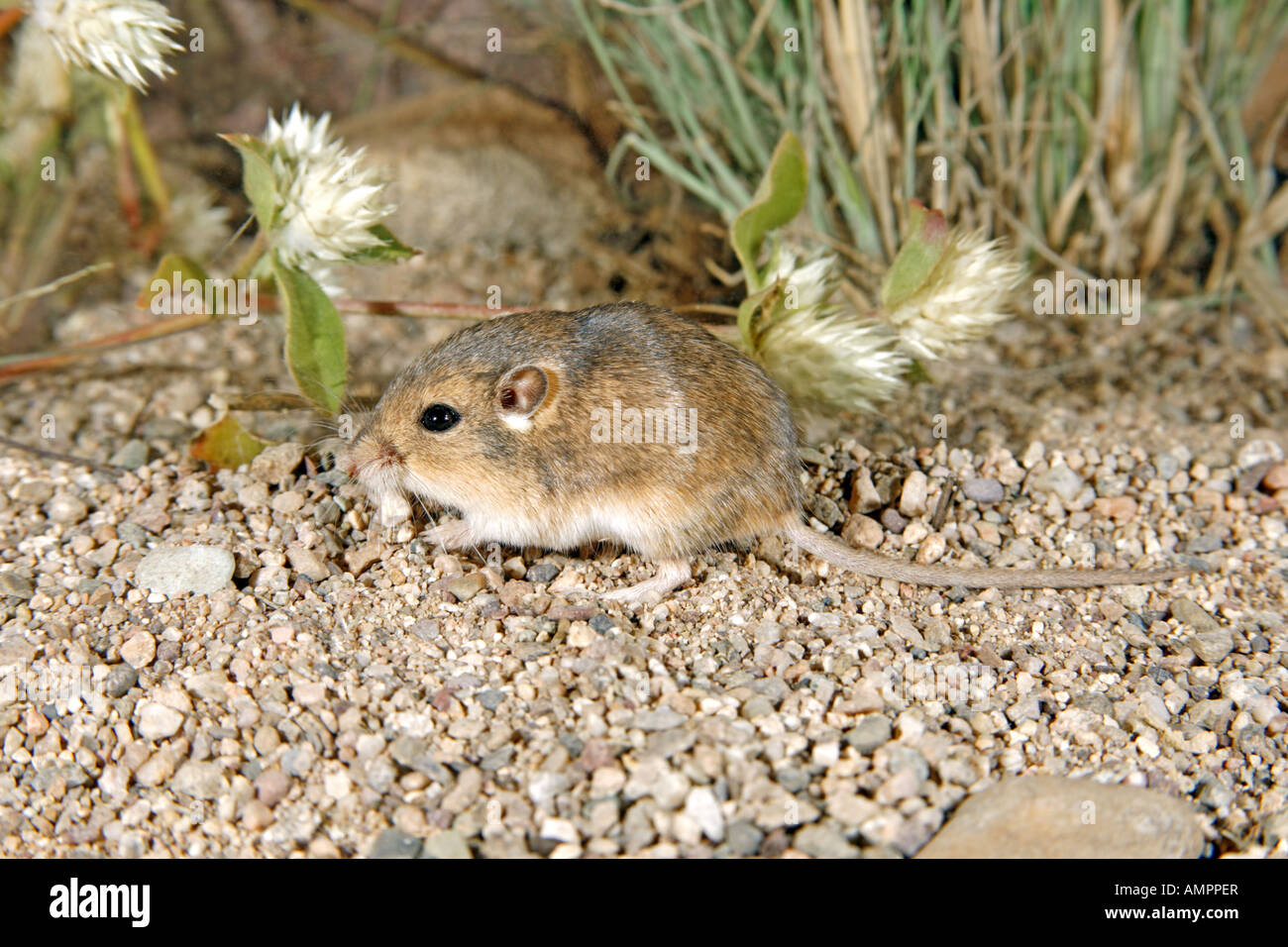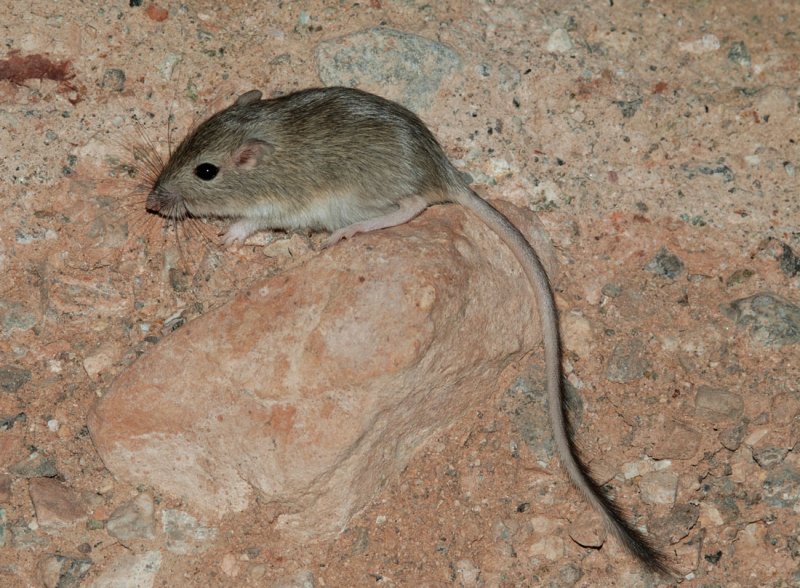

No matter which type these mice are, they all prefer to live in valley bottoms in the deserts near California, Idaho, Nevada, Oregon, and Utah.Īccording to the red list provided by the International Union of Conservation of Nature ( IUCN), the population of kangaroo mice has been decreasing each year. The other type is the pale kangaroo mice, as they have creamy buff on their bodies. The first type is commonly known as the dark kangaroo mice because of their dark-tinted upper body.

The kangaroo mice are divided into two types, appearance-wise. These mice have bodies that are three inches long at most, their tails are also the same size in length, and they weigh approximately fifteen grams.

They can jump up to nine feet when escaping their predators. As the name suggests, these mice move around the ground through leaps and bounds, using their tails for balancing the jumps. The kangaroo mouse (Microdipodopsmegacephalus) belongs to the family of Heteromyids. Let’s talk about each of these rodents individually: 1. What Mice Live In the Desert?Īlthough there are several kinds of desert mice found around the world, there are three species that are currently located in the United States particularly. Their sandy-colored fur also helps them camouflage with the desert sand, protecting them from the predators to a certain extent. These mice are nocturnal creatures by nature, which helps them avoid the relentless desert heat during the daytime.Īfter spending their time in cool spaces like underground burrows and shrubs in the daylight, they leave their nests at night to find their food sources. Unlike the mice usually found in the residential and commercial areas in the city, the desert mice habituate around the drab and scorched regions. How Do Mice Survive In Desert Climates?īefore we get into the details, let’s clear out the first question that comes to mind when you hear about the desert mice – how do they survive in such a harsh climate? In this article, you will learn about all different types of desert mice present in the United States. You can find a lot of their species living in desert climates as well. Mice are highly adaptable rodents that can survive almost all kinds of temperature and environment. According to the Arizona-Sonora Desert Museum, whose researchers have been doing extensive research on desert animals for many years, mice are one of the most successful mammals to exist on this planet.

Eastward it stretches into the southwesternmost parts of Colorado. It extends southwest into California and the northern Baha Peninsula and northwestern Mexico. The northern limit of its range is southern Nevada. Chaetodipus penicillatus occurs in the southwestern United States and northern Mexico.


 0 kommentar(er)
0 kommentar(er)
